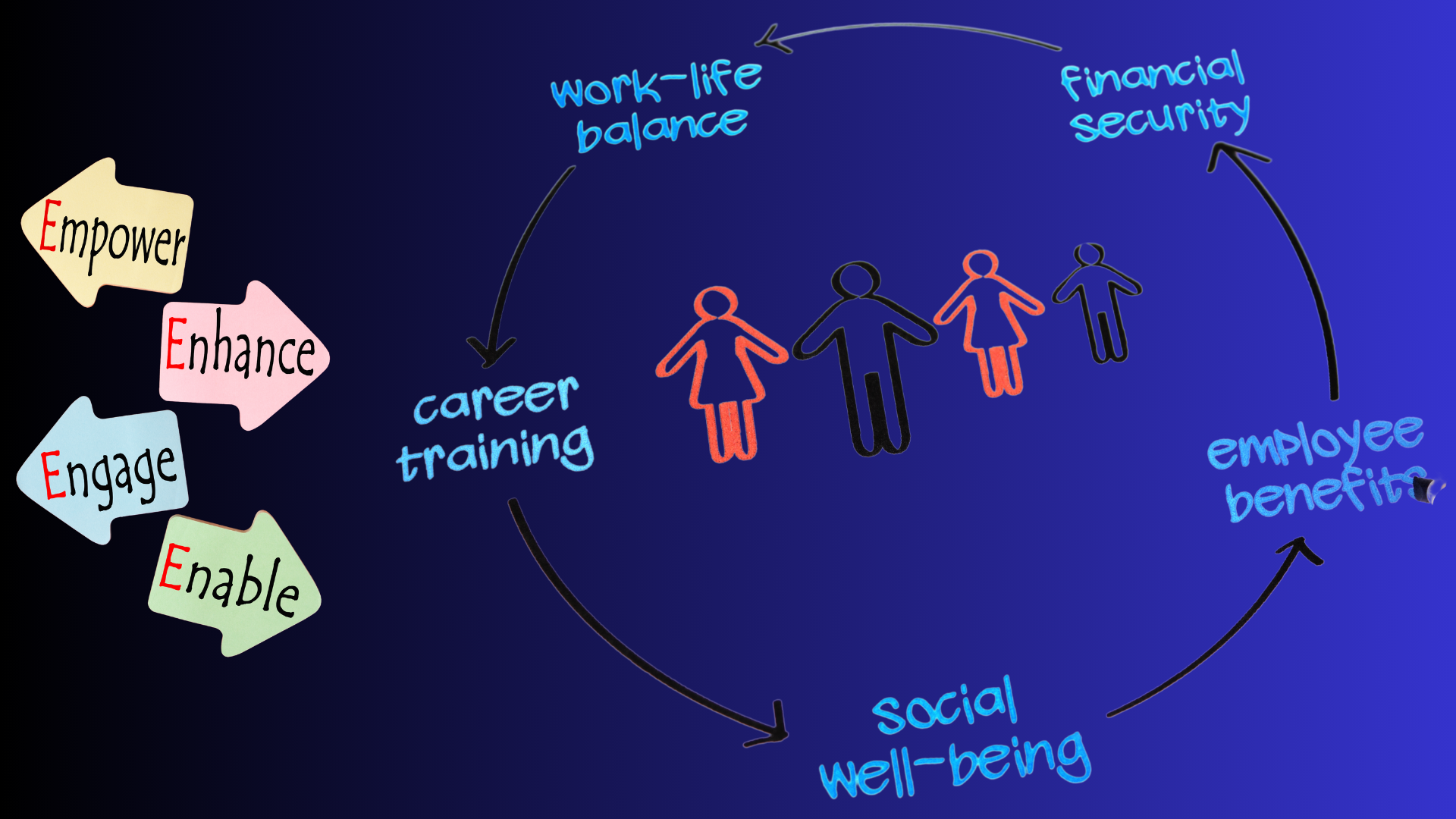1. Making Communication Click
A leader who only uses one communication style—say, detailed verbal instructions—may unintentionally alienate their visual or kinesthetic team members. NLP training teaches leaders to recognize cues that reveal whether someone is visual (likes colorful presentations), auditory (thrives on open discussions), or kinesthetic (prefers practical demonstrations).
Example: A project manager struggling with missed deadlines realized that their team consisted of mostly visual and kinesthetic learners. By incorporating visual timelines and hands-on workshops into project planning, team productivity soared.
2. Building Deeper Connections
Trust is the foundation of leadership, and NLP’s rapport-building techniques, combined with the VAK model, help leaders connect with their teams on a deeper level. For instance, a kinesthetic individual may value a handshake and a leader’s physical presence during meetings, while an auditory team member appreciates verbal affirmations.
Example: During a performance review, a leader used visual charts to show progress for one employee and spent extra time verbally discussing growth opportunities for another. Both left the meeting feeling heard and valued.
3. Resolving Conflicts with Empathy
Conflict often arises from misunderstandings, especially when people express themselves differently. NLP helps leaders recognize these differences and adapt their approach. For instance, a kinesthetic employee might react emotionally, while an auditory colleague needs clear verbal reassurances to feel resolved.
Example: A retail store manager faced a conflict between two employees—one kinesthetic and one visual. The manager used calming physical gestures (like nodding) for the kinesthetic employee and visual diagrams to clarify workload distribution for the visual learner, resolving the dispute effectively.
4. Inspiring Action with Tailored Motivation
What motivates one person may not work for another. NLP tools like anchoring and reframing, paired with the VAK model, allow leaders to inspire action by speaking directly to what drives each individual.
Example: When preparing for a big client pitch, a leader motivated their visual employee with a storyboard of the presentation, engaged their auditory teammate with a discussion of potential talking points, and energized their kinesthetic colleague by role-playing the pitch. The result? A seamless, high-energy presentation that impressed the client.
